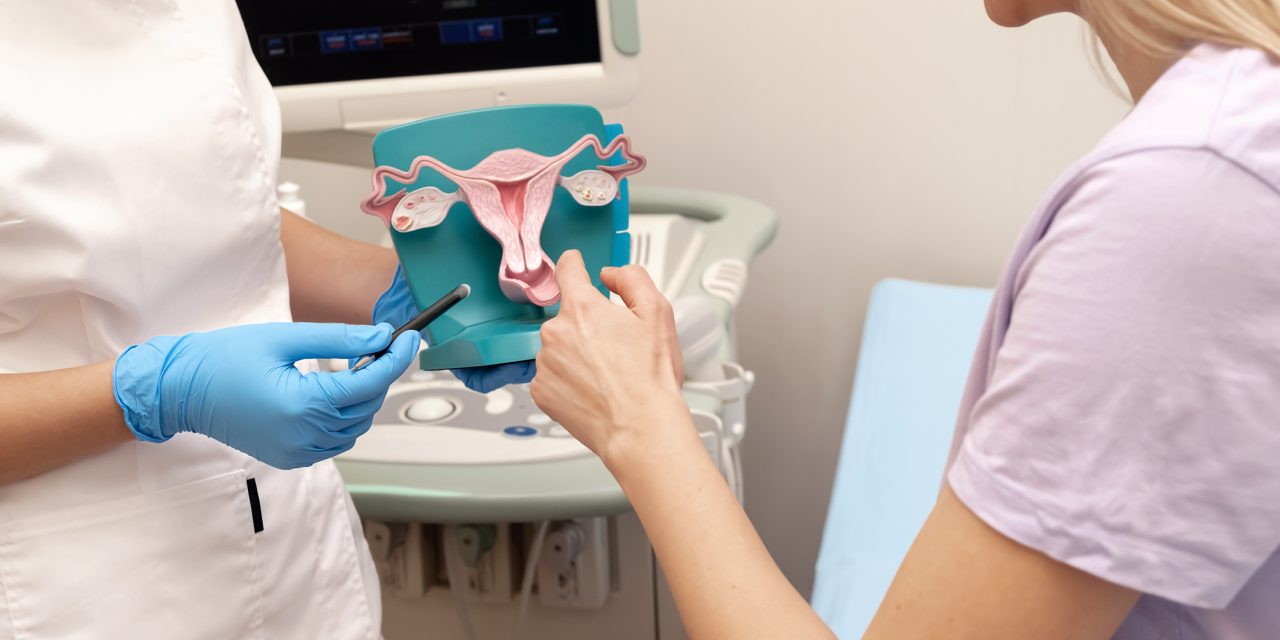To report the utility of intraoperative use of indocyanine green (ICG) during deep infiltrating endometriosis (DIE) laparoscopic surgery for intestinal and ureteral assessment.
A video on the use of ICG to assess bowel perfusion after intestinal resection and on the use of intra-ureteral perfusion of ICG. A 6 Fr ureteral catheter was introduced in to each ureters at cystoscopy and 7 ml ICG solution (1,25mg/ml of distilled water) was injected. The catheter was then removed. Using a near- infrared camera (OLYMPUS Medical System Europa and STRYKER Iberia S.L. Madrid,Spain), the fluorescent ureters could be visualized at laparoscopy. After rectal segmental resection, 4ml of ICG solution was injected intravenously to check the vascularity at the site of transection and the anastomosis further checked at ICG-rectoscopy, using a 12 mm- Kii balloon blunt tip (Applied Medical, Europe) RESULTS: The ICG fluorescence may have a role in helping to identify and follow the course of the pelvic ureter especially when the anatomy is distorted. It has the added advantage ureteral fluorescence is detectable for at least 6 hours after injection of ICG. Intravenous ICG also provided a visual assessment of anastomotic perfusion after discoid and segmental bowel resections at laparoscopy and rectoscopy.
ICG enhanced-fluorescence is a feasible, safe and reproducible technology in DIE surgery. It provides a real time evaluation of ureters and bowel. Finally, its adds little to the cost of a standard laparoscopic operation.
This article is protected by copyright. All rights reserved.
Bowel and ureteral assessment by indocyanine green real-time visualization during deep infiltrating endometriosis surgery – Video vignette.


